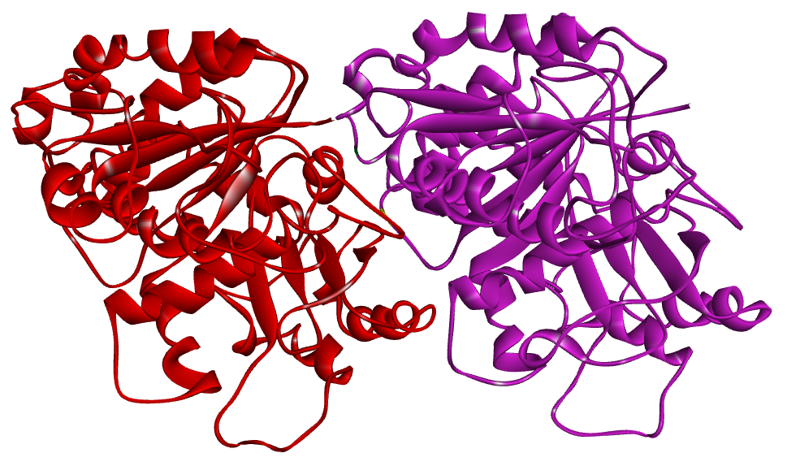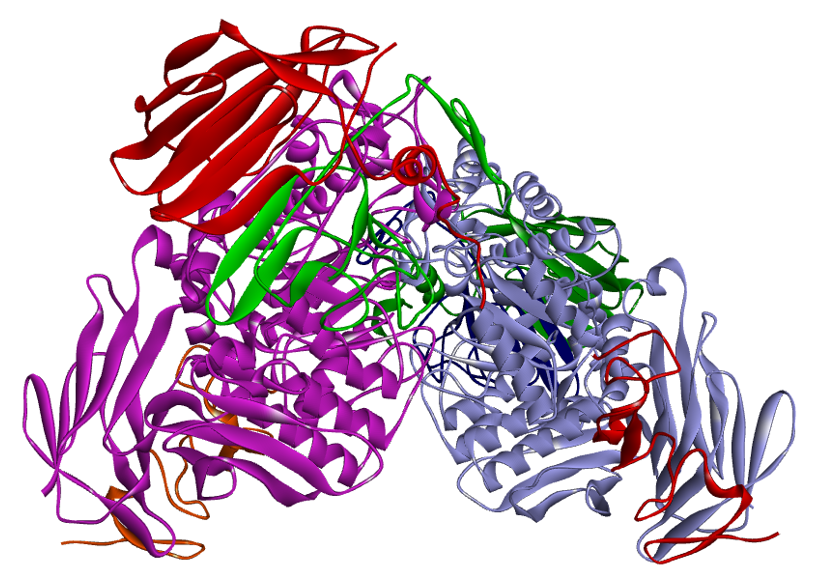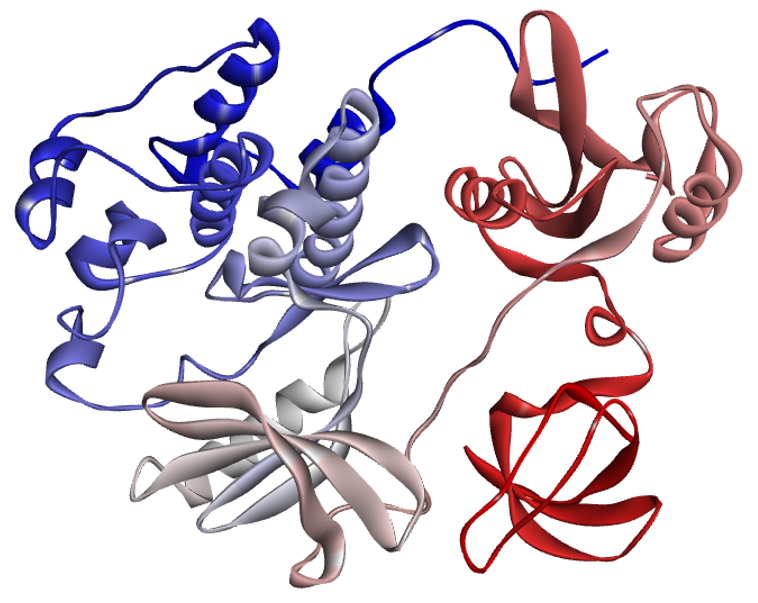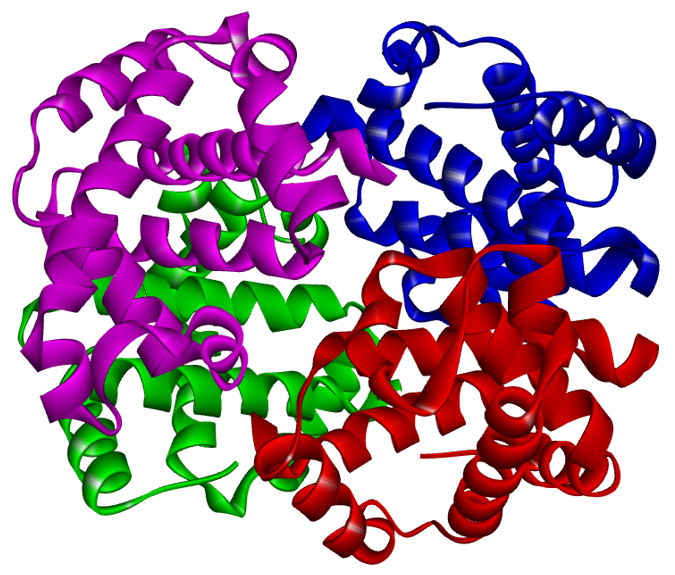Proteins
Proteins
Proteins are the molecular machines present in living cells. The word protein is derived from “proteiose” (Greek word) meaning primary. The name suggests that without proteins none of the reactions occurring in cells would take place hence, making life impossible. Proteins constitute about 75% of the total dry weight of a human body. Proteins participate in body building as they control all functional and structural aspects of the body. Any abnormality or dysfunction of a single protein can result in molecular diseases with extreme changes in metabolic functions. Proteins are made up of major and minor components. The major components include carbon (C), hydrogen (H), oxygen (O), and nitrogen (N) and the minor components include phosphorus (P) and sulfur (S). On average nitrogen constitutes about 16% of the ordinary protein.
Proteins are polypeptides made up of subunits called amino acids that are joined together via peptide (amide) bonds. The peptide bond is formed by the reaction of the alpha carboxyl group of one amino acid and the alpha amino group of another amino acid. Long polypeptide chains are referred to as proteins while short peptide chains are called peptides. Following table depicts the name and number of amino acids contained by a peptide.

There are twenty different standard amino acids. Tripeptide contains three amino acids, but these three amino acids can be any of the twenty amino acids therefore, there are about 8000 (203) different combinations possible for tripeptide. For an ordinary protein with 100 amino acid chain there are 1.26 × 10130 (20100) different possibilities. The universe contains about 1078 to 1082 atoms. Hence, with twenty amino acids and a changing sequence of combinations, nature produces a colossal number of unique proteins.
Due to their huge diversity, proteins are employed by cells to perform different tasks. Some proteins are engaged in playing structural roles. For example, hairs, nails, and the outer layer of the skin is made up of structural proteins. While, in other animals many other familiar materials like silk, leather, and wool are also made up of structural proteins. These structural proteins assist the body to resist mechanical stresses and provide protection to the body. Structural proteins are also found on cellular level. For example, cytoskeletal proteins like tubulin and actin are used to regulate the movement and localization of cellular molecules.

Tubulin (1TUB): A cytoskeleton protein
Some proteins work as enzymes by catalyzing different reactions in the cells. Enzymes are biological catalysts, and they reduce the activation of the chemical reactions taking place in cells. Nearly all enzymes are proteins. The majority of reactions taking place in cells are mediated by enzymes. Without enzymes there will be no chemistry in living systems. Enzymes are further classified based on the types of reactions they are involved in. For example, some enzymes catalyze oxidation reduction reactions (electron transferring), some transfer functional groups, some form and break chemical bonds, some are involved in rearrangement reactions, and some use ATP to connect two molecules covalently.

α-Glucosidase (7L9E): An enzyme responsible for the breakdown of carbohydrates
Some proteins are regulatory proteins and engage in regulating many cellular processes. Many cellular reactions need to be precisely coordinated. Hence, many enzymes are regulated (switched on and off) by regulatory proteins. For example, transcription proteins are regulatory proteins, and they bind with different promoters to switch on and off different protein genes.

Src Kinase (2H8H): Regulatory protein whose malfunction can lead to cancer
Some proteins function as carrier proteins. They participate in transporting other molecules. One major example of carrier proteins is hemoglobin. Hemoglobin transfers/transports oxygen throughout the circulatory system. Some transport proteins are involved in transporting other molecules like lipids and cholesterol.

Human Hemoglobin (6FQF): Carrier protein found in blood where it carries O2 gas
